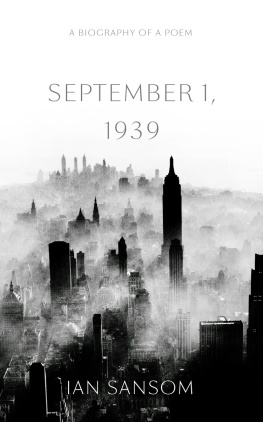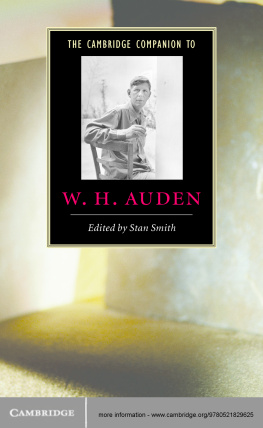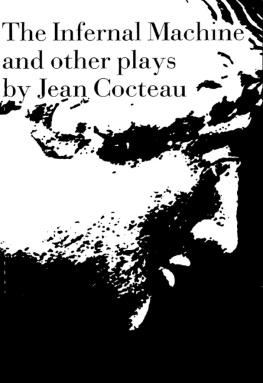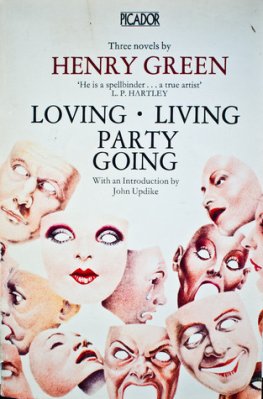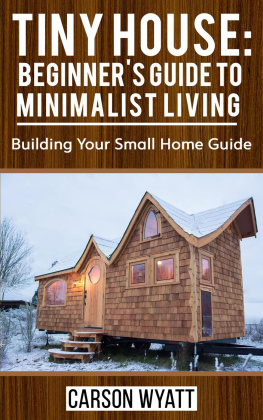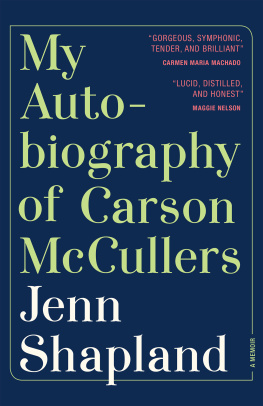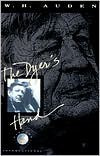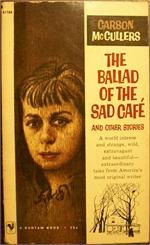First Mariner Books edition 2006
Copyright 2005 by Sherill Tippins
ALL RIGHTS RESERVED
For information about permission to reproduce selections from this book, write to or to Permissions, Houghton Mifflin Harcourt Publishing Company, 3 Park Avenue, 19th Floor, New York, New York 10016.
www.hmhco.com
The Library of Congress has cataloged the print edition as follows:
Tippins, Sherill.
February house / Sherill Tippins.
p. cm.
Includes bibliographical references (p. ) and index.
ISBN 0-618-41911-x
1. Authors, AmericanHomes and hauntsNew York (State)New York. 2. McCullers, Carson, 19171967Homes and hauntsNew York (State)New York. 3. Auden, W. H. (Wystan Hugh), 19071973Homes and hauntsNew York (State)New York. 4. Britten, Benjamin, 19131976Homes and hauntsNew York (State)New York. 5. Bowles, Jane Auer, 19171973Homes and hauntsNew York (State)New York. 6. Lee, Gypsy Rose, 19141970Homes and hauntsNew York (State)New York. 7. Bowles, Paul, 1910Homes and hauntsNew York (State)New York. 8. American literatureNew York (State)New YorkHistory and criticism. 9. Literary landmarksNew York (State)New York. 10. Communal livingNew York (State)New York. 11. Authors, American
20th centuryBiography. 12. Brooklyn (New York, N.Y.)Intellectual life. 13. Brooklyn (New York, N.Y.)Biography. I. Title.
PS255.N5T57 2005 810.9'974723'09044dc22 2004060919
ISBN -13: 978-0-618-71197-0 (pbk.)
ISBN -10: 0-618-71197-x (pbk.)
e ISBN 978-0-544-98736-4
v1.0716
For Bob and Dash
Illustrations
7 Middagh Street, Brooklyn
Courtesy NYC Municipal ArchivesGeorge Davis
With the permission of Peter A. DavisWystan Auden on moving day
With the permission of Peter A. Davis and courtesy of the Weill-Lenya Research Center, Kurt Weill Foundation for Music, New YorkWystan Auden and Chester Kallman
Henry W. and Albert A. Berg Collection of English and American Literature, The New York Public Library, Astor, Lenox and Tilden FoundationsThe view from Brooklyn Heights
Courtesy of the Brooklyn Historical SocietyKlaus Mann
Courtesy Munchner Stadtbibliothek, Monacensia Literature Archives, Collection Klaus MannGypsy Rose Lee
Courtesy of Erik Lee PremingerLouis MacNeice
Bodleian Library, University of Oxford, Stallworthy Dep. 30N, polyfotoWystan Auden and Erika Mann
Henry W. and Albert A. Berg Collection of English and American Literature, The New York Public Library, Astor, Lenox and Tilden FoundationsWystan Auden and Benjamin Britten
W. H. Auden and Benjamin Britten, New York, c. 1941; photo: Courtesy of the Britten-Pears Library, AldeburghBenjamin Britten and Peter Pears
Peter Pears and Benjamin Britten, New York, c. 1941; photo: The Elizabeth Mayer Collection, courtesy of the Britten-Pears Library, AldeburghGeorge Davis at 7 Middagh Street
With the permission of Peter A. DavisGypsy Rose Lee at work
Eliot Elisofon/Time Life Pictures/Getty ImagesGeorge Davis and a guest
With the permission of Peter A. DavisOliver Smith
Photograph by Marcus Blechman, courtesy of the Museum of the City of New York, The Theater CollectionJane Bowles
Karl BissingerPaul Bowles
Photograph by Carl Van Vechten, by permission of the Van Vechten Trust, The Beinecke Rare Book and Manuscript LibraryGala and Salvador Dal
Photograph by Eric Schaal, 2006 Salvador Dal, Gala-Salvador Dal Foundation/ Artists Rights Society (ARS), New YorkRichard and Ellen Wright
The Beinecke Rare Book and Manuscript LibraryLotte Lenya
Courtesy of the Weill-Lenya Research Center, Kurt Weill Foundation for Music, New YorkGeorge Davis and Carson McCullers
Henri Cartier-Bresson/Magnum PhotosPreface
So many try to say Not Now
So many have forgotten how
To say I Am, and would be
Lost if they could in history.
W. H. Auden, Another Time, 1939
New York is full of old people, struggling to occupy their allotted space despite the pressures of the younger generations pushing in. Elbowed by joggers, hedged in by cyclists, they make their daily odysseys to the supermarket and then retreat to the safety of their homes. As one of tens of thousands of college graduates moving to New York City in the 1970s, I was as oblivious as the next twenty-two-year-old to this segment of the population. A decade later, as a new mother in Brooklyn Heights, a neighborhood of brownstones facing Wall Street across the East River, I merely noted the number of people with aluminum walkers on the sidewalks as I maneuvered my childs stroller around them. A few years on, however, when I began volunteering to deliver meals to the housebound and got to know many of these people as individuals, I began to regret my past indifference.
Many liked to talk, and I found that I liked to listen. The octogenarian who had covered her walls with her own arresting paintings told me about the silent-film actress who had once lived at the nearby Bossert Hotel and ordered up a milk bath every day. The retired city councilman with the fierce gray eyebrows described the spectacular sunsets, enhanced by post-Depression factory fumes, that he had so enjoyed on his homeward walks over the Brooklyn Bridge. The chain-smoking former navy officer recalled the rich scent of chocolate that used to waft through the streets from a Fulton Street candy factory before World War II. I learned, too, how the Brooklyn Dodgers got their name (Brooklyn residents were once called trolley-dodgers because of the many speeding trolley cars on the boroughs streets); how a working-class girl could enjoy a free daily swim at the St. George Hotels swank saltwater pool (all it took was a doctors note); and what Irish-American children were told when they found an orange in their Christmas stocking (Thank Mr. Tammany, not Santy Claus).
Most intriguing to me, however, were the references to a house that once stood at 7 Middagh Street (pronounced mid-daw), a short, narrow lane at the neighborhoods northwestern tip overlooking the former dockyards and, beyond, New York Harbor. The house had been rented, one neighbor told me, by a group of well-known young poets, novelists, composers, and artists the year before America entered World War II. Aware that enormous devastation lay ahead and determined to continue contributing to the culture as long as possible, they had created an environment for themselves to support and stimulate, inspire and protectjust a few blocks from where I lived.
When I learned that these residents included the poet W. H. Auden, the novelist Carson McCullers, the composer Benjamin Britten, Paul and Jane Bowles, and, of all people, the burlesque artist Gypsy Rose Leeall under thirty-five but already near the apex of their careersmy interest was piqued even further. In a pictorial survey of Brooklyns history, I found a photograph of the housea small, shabby brick and brownstone structure with elaborate Tudor trim. The man who had signed the lease and organized this experiment in communal living turned out to have been George Davis, a fiction editor at Harpers Bazaar who had single-handedly revolutionized the role played by popular magazines in bringing serious literature and avant-garde ideas to the American masses. Davis was known for his attraction to the eccentric in culture, in entertainment, and in his choice of friends. With his encouragement, nights at the Middagh Street house became a fevered year-long party in which New Yorks artistic elite (Aaron Copland, George Balanchine, Louis Untermeyer, Janet Flanner, and Louise Dahl-Wolfe, among others) mingled with a flood of migrs fleeing Nazi-occupied Europe, including the composer Kurt Weill and the singer Lotte Lenya, the artist Salvador Dal and his wife, Gala, and the entire brilliant family of the Nobel Prizewinning novelist Thomas Mann. Days, however, were dedicated to their workwriting, composing, painting, and otherwise seeking new answers, new approaches to life in a collapsing world.
Next page

